I am an electrical technician working in a hospital. In the laundry room, all the cloth washers contain three-phase motors which are balanced loads connected to a 140 A circuit breaker. The consumption does not exceed 30 A in each phase. The hospital bought a new single-phase electric cloth dryer (single phase load 1PH+N, rating current 100 A, voltage 240 V). By adding this single-phase load to the circuit, obviously the circuit will become unbalanced.
Any suggestions to connect this dryer to the circuit without any problems? How can we solve the unbalance problem, knowing that no other loads will be connected to the circuit besides the washers and the dryer?
